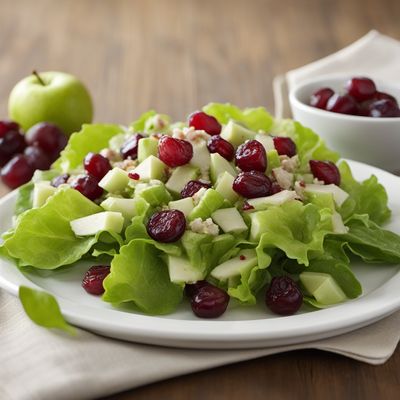
Ingredient
Grape seeds
The Hidden Gems of Grapes
Grape seeds are small, bitter seeds found within grapes that are often discarded. However, they are rich in antioxidants and can be used to make grape seed oil, flour, or extracts. With their slightly nutty flavor and crunchy texture, grape seeds can add a unique twist to various dishes and recipes.
Origins and history
Grape seeds have been used for centuries in traditional medicine and culinary practices. They have been cultivated and consumed in regions where grapes are grown, such as Europe, the Middle East, and North America. Grape seeds have also been used in winemaking and grape seed oil production.
Nutritional information
Grape seeds are a rich source of antioxidants, including proanthocyanidins, which have been linked to various health benefits such as reducing inflammation and improving cardiovascular health. They also contain essential fatty acids, vitamins, and minerals.
Allergens
Grape seeds are not known to be allergenic, but individuals with grape allergies should exercise caution when consuming grape seeds or products derived from them.
How to select
When selecting grape seeds, opt for grapes that are plump, firm, and free from mold or signs of decay. The seeds should be intact and not damaged. Avoid grapes that have a sour or off-putting smell, as this may indicate spoilage.
Storage recommendations
To store grape seeds, keep them in an airtight container in a cool, dark place, such as a pantry or refrigerator. This will help preserve their freshness and prevent them from becoming rancid. Properly stored grape seeds can last for several months to a year.
How to produce
Grape seeds can be produced by growing grapevines from seeds or by purchasing grape seeds from specialty stores or online suppliers. Growing grapevines from seeds requires patience and specific growing conditions, so it is recommended for experienced gardeners or enthusiasts.
Preparation tips
To use grape seeds, they can be ground into a fine powder and added to baked goods, smoothies, or granola for a nutritional boost. Grape seed oil can be used for cooking, salad dressings, or as a finishing oil. Grape seed extracts can be incorporated into skincare products or taken as a dietary supplement.
Culinary uses
Grape seeds are not commonly used in mainstream culinary applications, but they can be used as a creative ingredient in recipes such as grape seed bread, grape seed-crusted fish, or grape seed oil-infused desserts.
Availability
Grape seeds are commonly available in regions where grapes are grown, such as Europe, the Middle East, North America, and parts of Asia.


